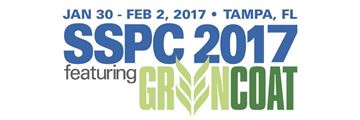Search
Products tagged with 'fasteners'
View as
Sort by
Display
per page
04151 High Strength Fasteners for Subsea Applications
Product Number:
51300-04151-SG
ISBN:
04151 2004 CP
Publication Date:
2004
$20.00
51318-11391-Ni-Co Electroplating as Corrosion Protection for Carbon Steel Fasteners used in Oil and Gas
Product Number:
51318-11391-SG
Publication Date:
2018
$20.00
A Fracture Mechanics Approach To Characterizing Hydrogen Embrittlement Of Fasteners
Product Number:
51321-16798-SG
Publication Date:
2021
$20.00
Evaluation of the Potential for Liquid Metal Embrittlement of 304L Stainless Steel by Galvanized Fasteners in an Industrial Fire Scenario
Product Number:
51317--9192-SG
ISBN:
9192 2017 CP
Publication Date:
2017
$20.00
Failure Of In-Service Stainless-Steel Chemical Storage Tanks Fasteners And Gaskets – A Case Study
Product Number:
51322-18105-SG
Publication Date:
2022
$20.00
Failure of In-Service Stainless-Steel Chemical Storage Tanks Fasteners and Gaskets – A Case Study
Product Number:
51323-18790-SG
Publication Date:
2023
$20.00
Lightweight Sol-Gel Coating to Mitigate Galvanic Corrosion
Product Number:
51323-18758-SG
Publication Date:
2023
$20.00
Residual Dye (Lubricant) on Galvanized Fasteners - How Much is Too Much?
Product Number:
51217-055-SG
Publication Date:
2017
$20.00









